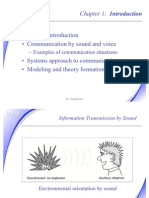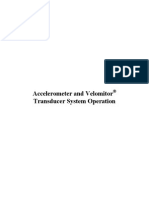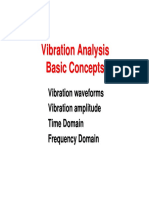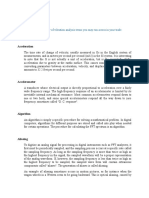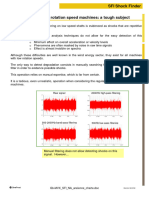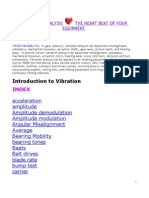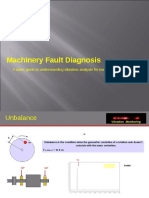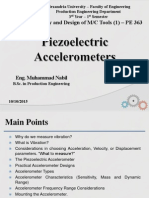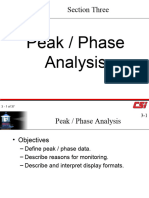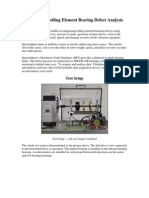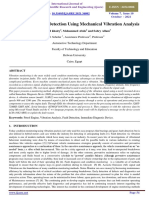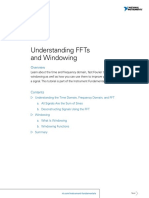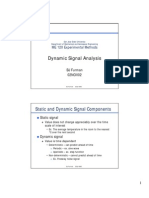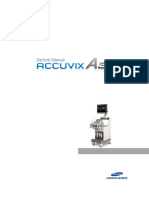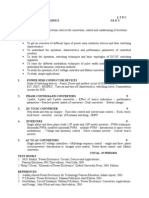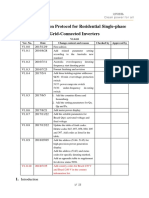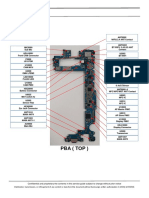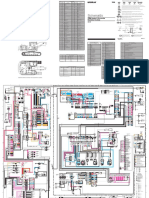0% found this document useful (0 votes)
31 views59 pagesSignal Processing
The document provides an overview of signal processing, detailing techniques such as filtration, sampling, and the Fast Fourier Transform (FFT). It discusses the importance of filtering, anti-aliasing, and windowing in analyzing time-varying signals, along with the challenges of resolution and spectral leakage. Additionally, it covers various averaging methods to improve data interpretation and repeatability in vibration analysis.
Uploaded by
abdulahadjilani24Copyright
© © All Rights Reserved
We take content rights seriously. If you suspect this is your content, claim it here.
Available Formats
Download as PDF, TXT or read online on Scribd
0% found this document useful (0 votes)
31 views59 pagesSignal Processing
The document provides an overview of signal processing, detailing techniques such as filtration, sampling, and the Fast Fourier Transform (FFT). It discusses the importance of filtering, anti-aliasing, and windowing in analyzing time-varying signals, along with the challenges of resolution and spectral leakage. Additionally, it covers various averaging methods to improve data interpretation and repeatability in vibration analysis.
Uploaded by
abdulahadjilani24Copyright
© © All Rights Reserved
We take content rights seriously. If you suspect this is your content, claim it here.
Available Formats
Download as PDF, TXT or read online on Scribd
/ 59












